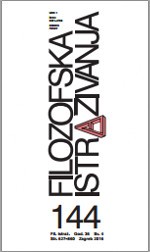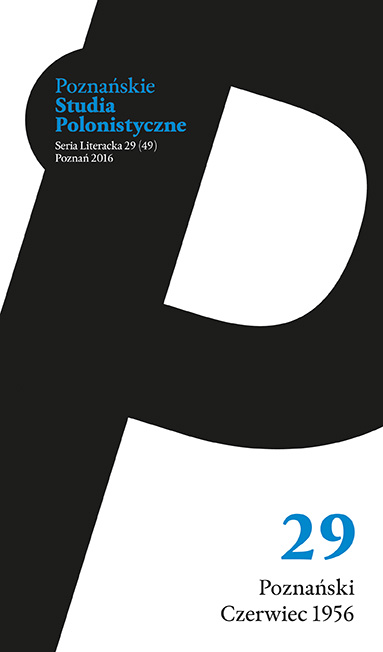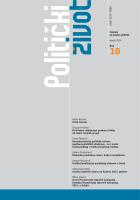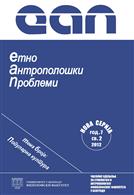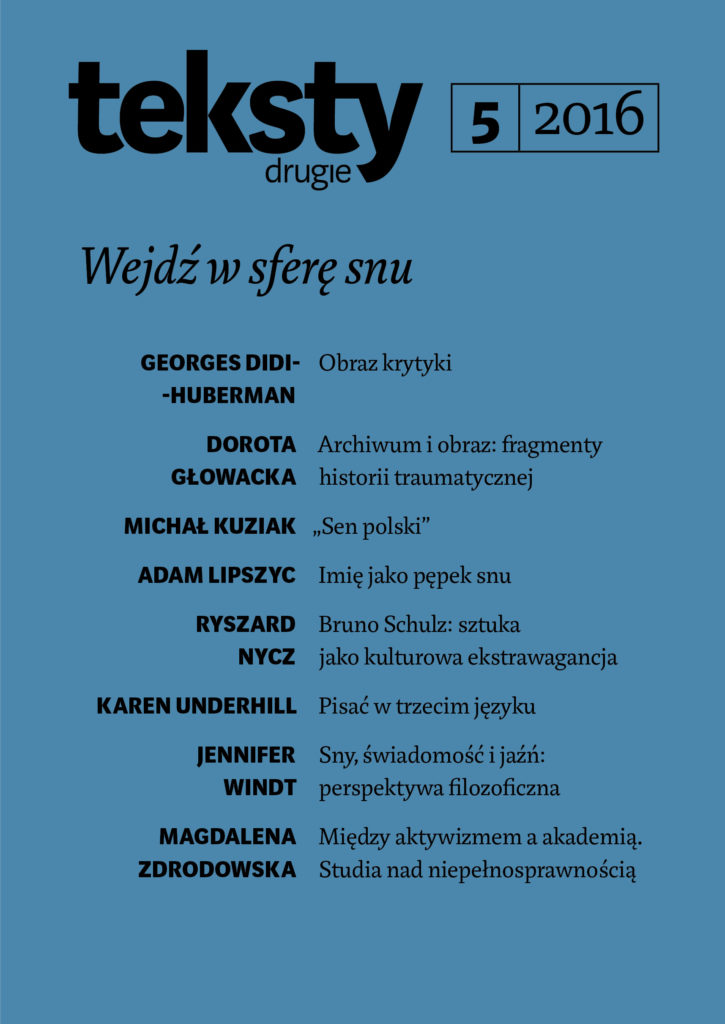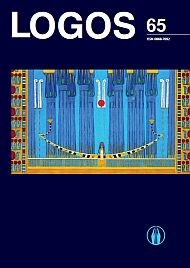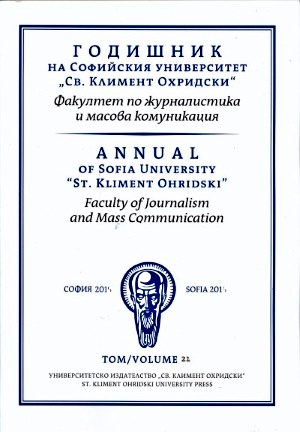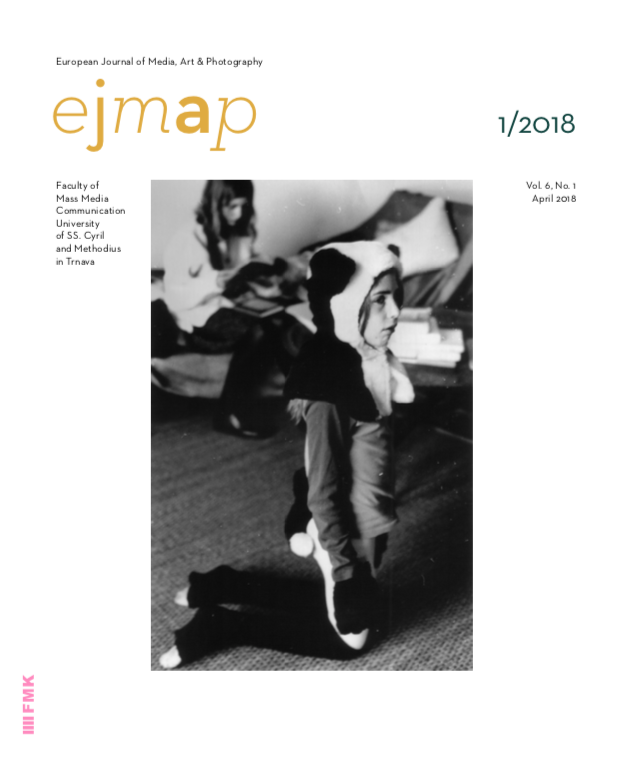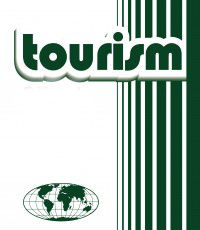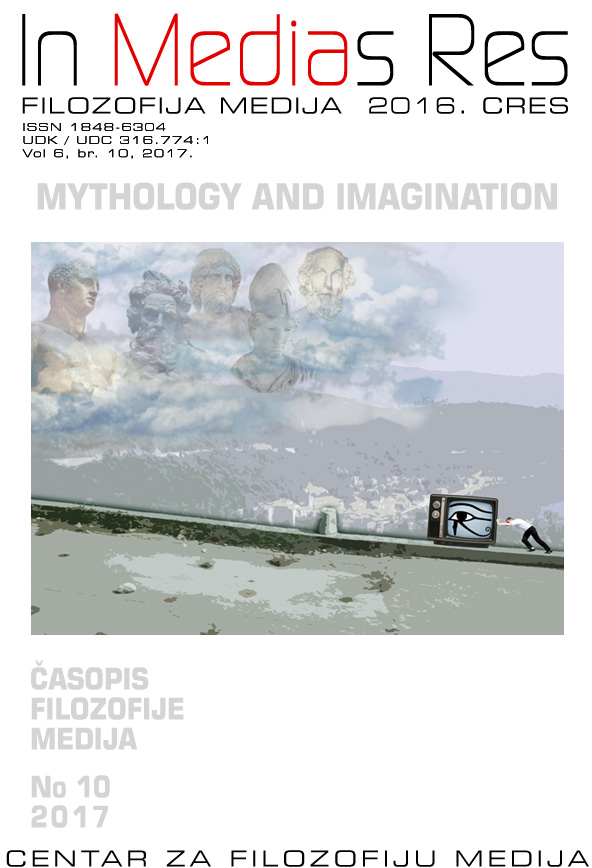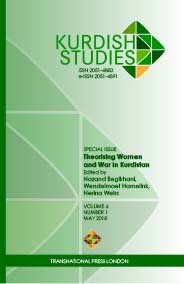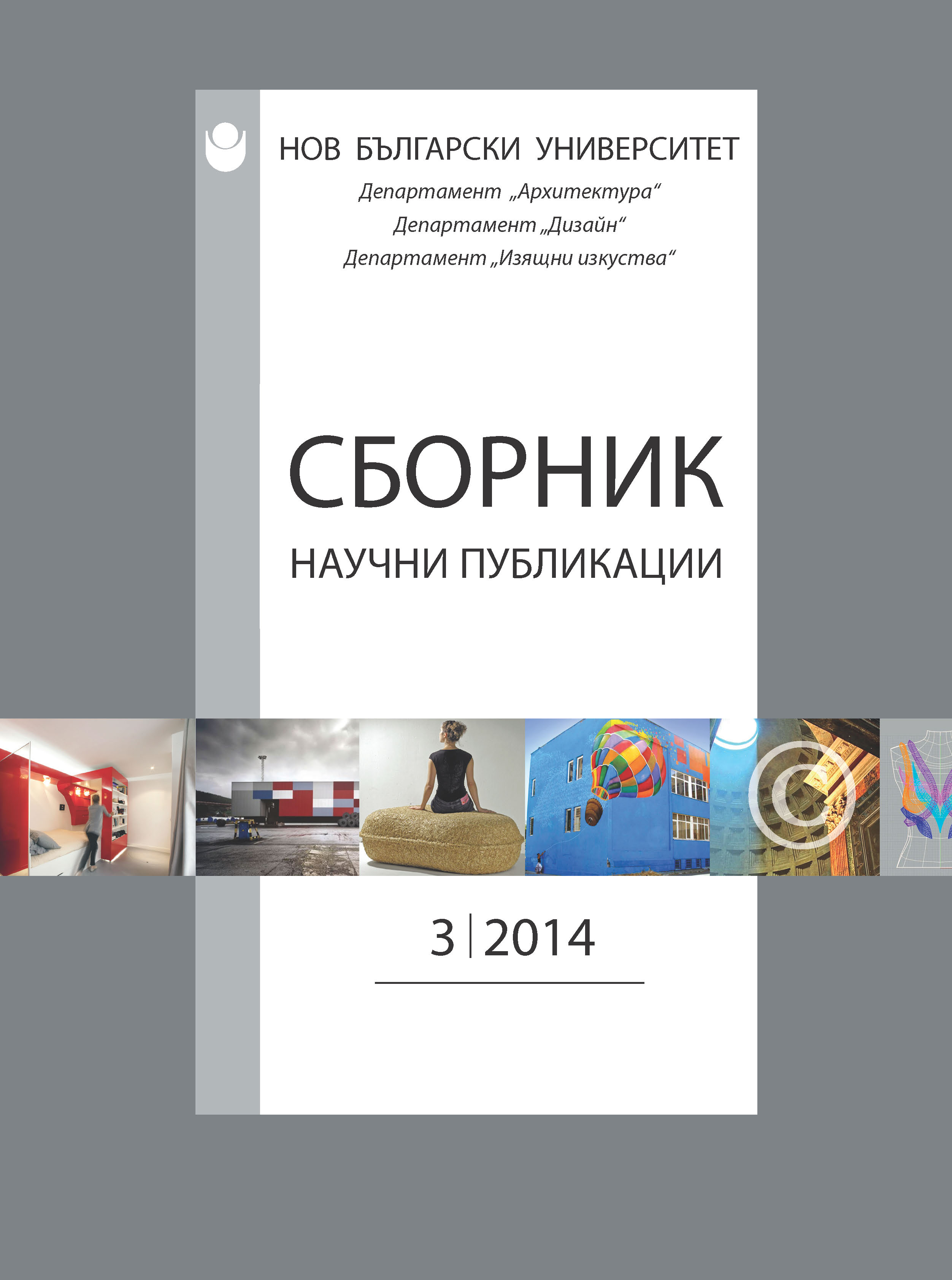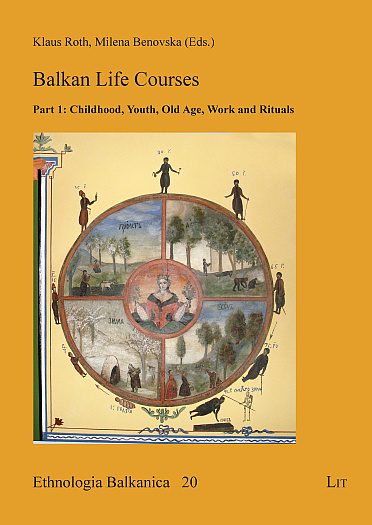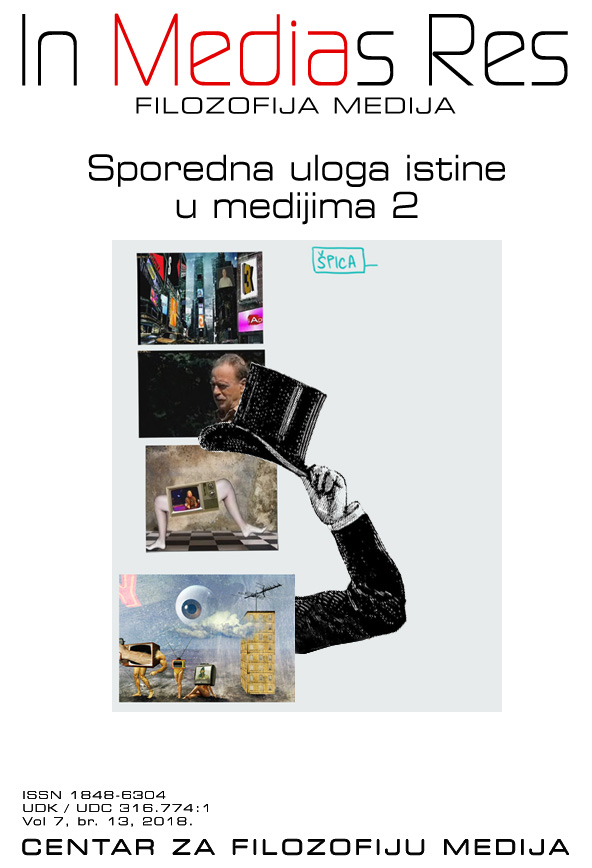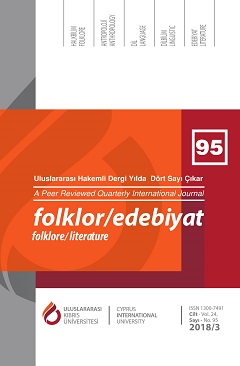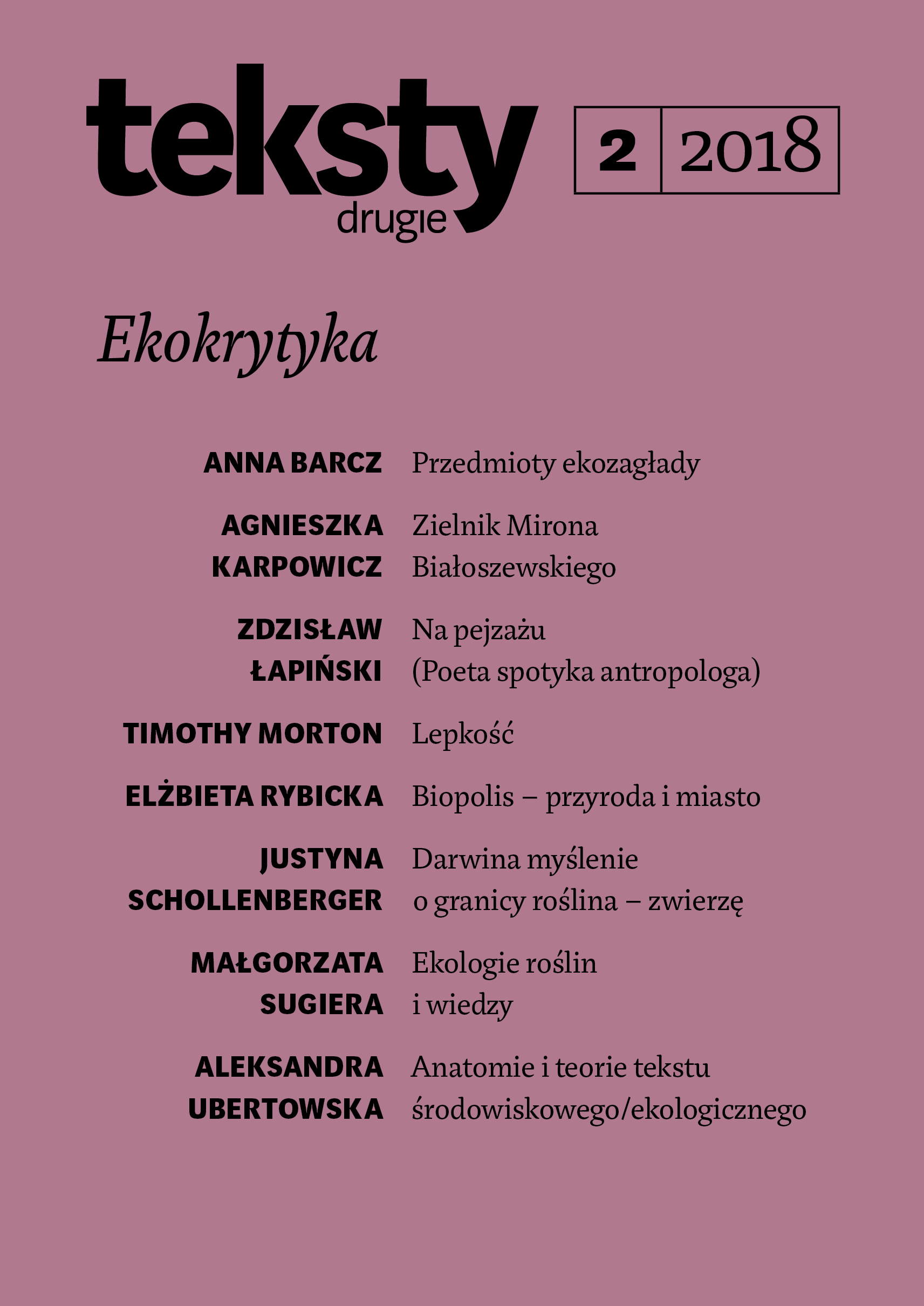Author(s): Olena Yuriyivna Pavlova / Language(s): Ukrainian
Issue: 2/2015
The article analyzes the formation of a new historical form of everyday life in Postmodern situation. It is proved that the relativization of elite and mass culture opposition leads to cultural code's extrapolation of high culture in the context of civilization. Visual culture as a field of interdisciplinary research is a sign of cultural transformation paradigm. The article analyzed the development of the concept "visual culture" according to the American researchers Niсholas Mirzoeff and Irit Rogoff. The new research field shows three stages of visual culture. Early modern stage was the absolutization of fixed position of the transcendental subject. Modern stage represents the basis for "dialectics" of photograph image, which creates more democratic type of reality, using the tools of mass copying. Heidegger’s concept of "world picture" is not enough for the analysis of changing situation of Postmodern. Technology of Postmodern stage allows visualization of things that are not in themselves visual. Extraordinary expansion, extrapolation of images can’t be agreed into a single picture for the mind contemplation. Virtual culture needs to find research methodology of new (virtual) reality, points of support in crisis of information and visual overload of everyday life. Postmodern humanities technologies don’t make only copying, but – the correction of images in accordance with the tastes of a particular subject. Distinguishing of these three stages allows us to analyze the transformation of modern visual culture in Postmodern. Transitional forms were identified on the way of relativization reality. The advertising, which provided everyday regimes of representation of high culture works in every day life played the important role. Thus it was proved that the image and its contents do not define the specific reality. But the regime of vision, which has become the subject of study of visual culture, provides conditions of the text connection to the context and level of its emotional experience. The outstanding work of a famous artist is perceived absolutely in another when it used as the cover of the book. The third regime of vision can occur in case when we use the same works as a wrapper for sweets. Thus the vision regimes act as the basis of the image content. It is proved the implementation of the next stage of de-differentiation of postmodern everyday has become TV products. It provides transformation of knowledge into news, which modifies the meaning of the knowledge. Technology correction of visual images and the emergence of the genre of pseudo-documentary was the intermediary between artistic films and documentaries. The virtualization and its "effect of reality" is something more substantial than factual or imaginary. Reproduction technology has become an instrument for destruction of the reality. The result is an appearance of a new type of everyday life, where the immediacy of perception and intensity of emotions are created by visualization technologies. The pseudo-realities visual stereotypes of television melodramas and other sitcoms revive mythological settings of orientation in reality. TV reality replaces the solemnity of art galleries (elitist contemplation) and festive going to the cinema on weekend (mass consumption). Endless serials overcome the limitations of "picture frames" and provided story of eternal love. A several technologies of realities provocations, which presented in the works of Richard Prince, Winfrey Gail Oprah, is analyzed in the article. It is proved that visual images reproduction in industrial scale allows to transform the consumer of late modernism into postmodern perspective self-products subject. Thus, there is destruction of the subject-object opposition, which is the hallmark the Modern era .A gadget is not the object that opposes to the subject as a utility function or implement of subjective the principle of expediency. It is the continuation of the subject, because the gadget is the purpose and tool of reality converting. Postmodern criticism of reality relativization is analyzed in the works of different philosophical directions. Representatives of neo-marxism and conservatism have negative attitude to reality visualization of everyday life as aggression on the status of high culture works. Followers of the phenomenological school had positive attitude to the routine as acquittal of "the highest reality". The special role for the purpose of this article plays a postmodern concept of sublimations rehabilitation, which clarifies the unity grounds of a horrible and exciting. In this context using of the works of Immanuel Kant, Karl Otto, Jean-Francois Lyotrad is analyzed in the article. The article emphasized the importance of visual culture as a Western-style philosophy project and limitations of its research sittings. So the prospects of this research field depend on the power of the trans-cultural methodology. It is not just a visual dominant postmodern type ontology, it becomes a reality as a whole.
More...
